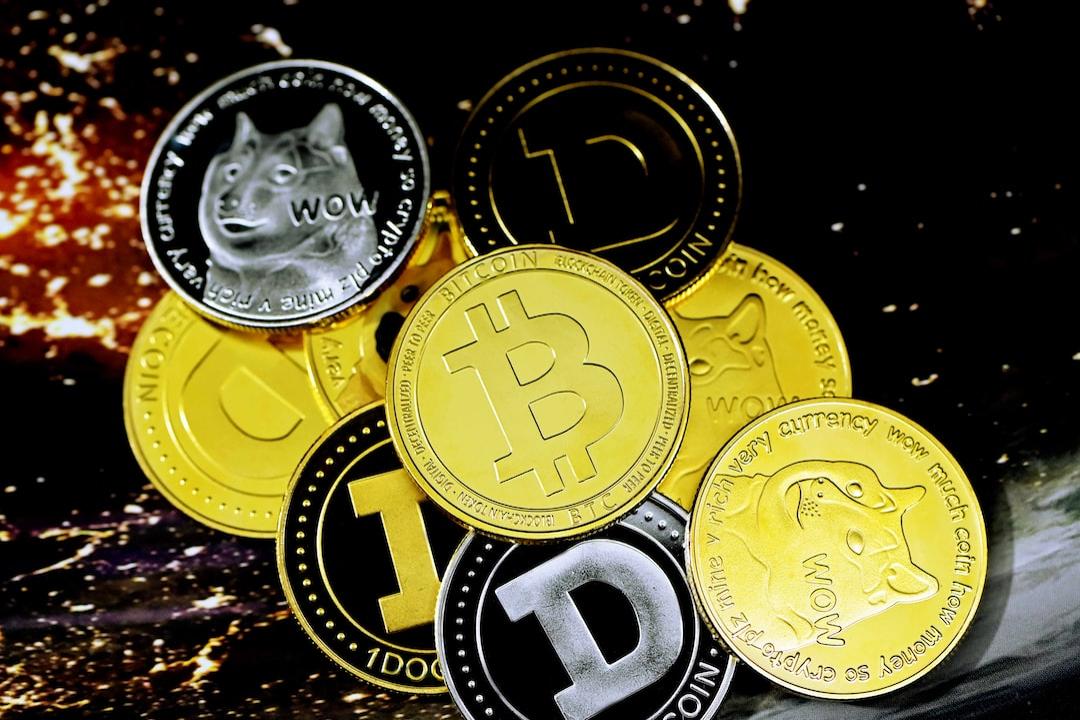In recent days, the price of Bitcoin briefly dipped to around $59,000 on October 10th, but then began to rise steadily. Just 5 days later, on October 15th, the price of Bitcoin soared to around $68,000. Not only that, but many altcoins also experienced significant price surges. For example, the price of SUI increased by over 30% in just a few days, and some meme coins saw gains of over 50%.
While the bull market is certainly exciting, there are also certain risks in the current cryptocurrency market. This raises questions about whether the sudden surge will continue and if a significant drop will follow.
The increase in the price of Bitcoin is not primarily due to interest rate cuts. After reaching a low of $59,000 on October 10th, the price of Bitcoin began to rebound. However, it is strange that the cause of this surge is unclear. After all, the Federal Reserve recently stated that their previous 50 basis point interest rate cut may have been a mistake. Some traders are even betting that the Federal Reserve will not continue lowering interest rates in their next meeting. It seems that the current market believes that only interest rate cuts by the Federal Reserve can provide the market with more liquidity and trigger a price increase.
However, investors should note that from the end of last year to the beginning of this year, the Federal Reserve did not lower interest rates. Yet, even in a high interest rate environment, the price of Bitcoin still rose from around $20,000 to around $60,000. This is because injecting liquidity into the market does not necessarily require interest rate cuts. For example, if the Japanese yen is in a low-interest-rate environment while the US dollar is in a high-interest-rate environment, the interest rate spread between the two is large. In this case, investors can borrow low-interest-rate Japanese yen and exchange them for US dollars to invest in high-yield US dollar assets. This is a nearly risk-free transaction and was the major factor driving the bull market for Bitcoin earlier this year.
Therefore, interest rate cuts may not necessarily bring a significant increase in liquidity in the short term, and the real source of liquidity is the large interest rate spread between the US dollar and the Japanese yen. If the USD/JPY exchange rate increases, indicating an expansion of the interest rate spread, it is more favorable for the financial market. The USD/JPY exchange rate reached a low of around 140 on September 18th and has been rising since then, now approaching the 150 level. This helps explain the recent overall rebound in the cryptocurrency market.
As for interest rate cuts, they can naturally bring more liquidity, but unless the Federal Reserve conducts a large-scale interest rate cut like during the 2021 pandemic, the short-term effects of interest rate cuts will be insignificant. Moreover, interest rate cuts can cause the interest rate spread between the US dollar and the Japanese yen to shrink, potentially affecting the upward trend in the financial market. Therefore, unless there is a large-scale interest rate cut, investors do not need to overly emphasize the importance of interest rate cuts in the short term.
After the price of Bitcoin started to rise, many altcoins also experienced a long-awaited price increase. For example, Ethereum, which has been under controversy, recently saw its price rise from around $2,400 to around $2,600. This indicates that Ethereum’s fundamentals have not deteriorated to the point of losing market recognition, and it can still experience significant gains when market conditions are favorable.
In addition, the prices of the public chains SUI and Aptos have also seen good increases recently. The main narrative behind the hype of these two is “the alternative to Solana.” Although their recent price increases are considerable, investors need to be cautious about potential risks. Because the narrative of “the alternative to Solana” itself determines that this is not a track for long-term speculation. On the one hand, Solana itself has not had any major flaws or controversies. On the other hand, Solana’s ecosystem is already more mature and cannot be compared to the ecosystems of SUI and Aptos. According to a market report released by Wintermute, Solana currently dominates token generation, with its market share rising from 60% in early September to 86%, and the weekly token generation volume increasing from 45,000 to 110,000. This shows that Solana is highly recognized in the market, so it is questionable whether there is a need to replace Solana. Therefore, SUI and Aptos may only be suitable for short-term trading, and the long-term investment value has yet to be demonstrated.
About BingX:
Established in 2018, BingX is a leading global cryptocurrency exchange that provides diversified products and services such as spot trading, derivatives, copy trading, and asset management to over 10 million users worldwide. BingX also regularly offers analysis tools for mainstream cryptocurrencies such as Bitcoin and Ethereum prices to meet the needs of beginners and professionals alike. BingX is dedicated to providing a trusted platform and empowering users with innovative tools and features to enhance their trading capabilities. In 2024, BingX proudly became the main partner of Chelsea Football Club, marking its first spectacular appearance in the sports world.
This article is provided by the official source and does not represent the position or investment advice of this website. Readers must conduct their own careful evaluation.

